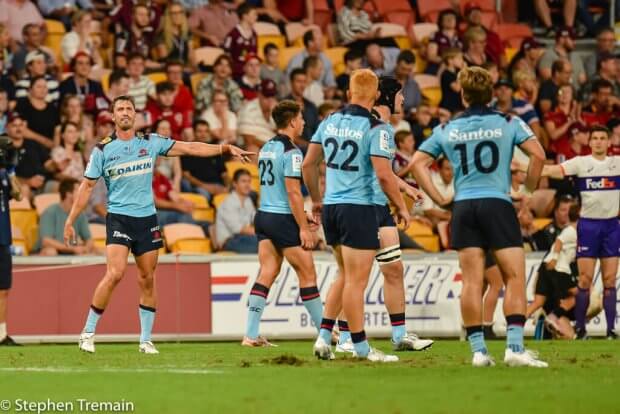27th February 2021.
Rob Penney is sitting in the press junket in Canberra, after the Tahs were thumped 61-10 by the Brumbies. His young captain, Alex Newsome is sitting next to him, absolutely gutted and eyes down to the floor.
‘People are saying we’re not hard enough on them, but you can’t whip a dog when it’s down… they’re human beings first, and rugby players second, and bloody good rugby players, and they’ll bounce.
‘I love these boys and I’m doing my best. If other people think I’m not the right person, I’m not going to stand in the way. It’s what’s right for the group that is the important thing.’
This last comment is particularly important, especially given the context of what happened the following month.
It was clear Penney’s subsequent removal had an impact on the squad, as the following weekend they produced an passionate performance that nearly saw them knock off current champions, the Brumbies. This side has clearly been through the wringer this year, but now with a bye to collect our breaths before the Tahs make the journey west to face the Force, it’s important to ask: what now for the men sky blue? If you are a fan, how should you treat this season? And what should everyone’s expectations be?
It’s a lot of questions that I’ve been seeing in my interactions with fans over this season. With this article, I’ll aim to address a few things: how the Tahs got into this mess, how it has culminated in this season, and what can they do to potentially turn their fortunes around.
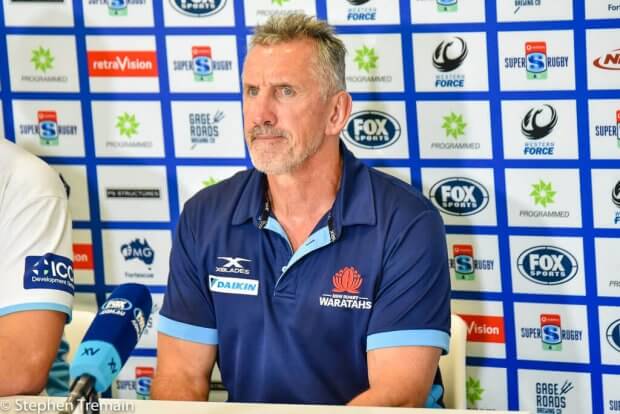
How did the Waratahs get into this mess?
The truth is, this current group finds themselves on the short end of the stick because of a lack of investment and coordination in NSW Rugby that dates back close to a decade, that has failed to prime them to be players that can transition seamlessly from club to Super Rugby.
As most folks know, unlike other Australian unions, rugby in NSW is much more fragmented, with the likes NSW Rugby operating separately from the Sydney Rugby Union. During the 1970s and 1980s, this fragmentation didn’t affect NSW Rugby too badly in terms of performance. The quality of Shute Shield games was comparable to that of test matches, to the point where the All Blacks would be playing the likes of Randwick on tours.
Even when the dawn of the era of professionalism began in the 1990s, the level of rugby was still only a small step up to international level, and NSW Rugby could pick from the best in the competition to represent the new Waratahs franchise.
The Waratahs made the 2005 and 2008 finals, however it was clear as the years progressed that the gap between club rugby and Super Rugby had started to widen. Professionalism had brought much in the way of player development, something that, if not addressed, would lead to Australian rugby franchises suffering a considerable lack of depth in future seasons.
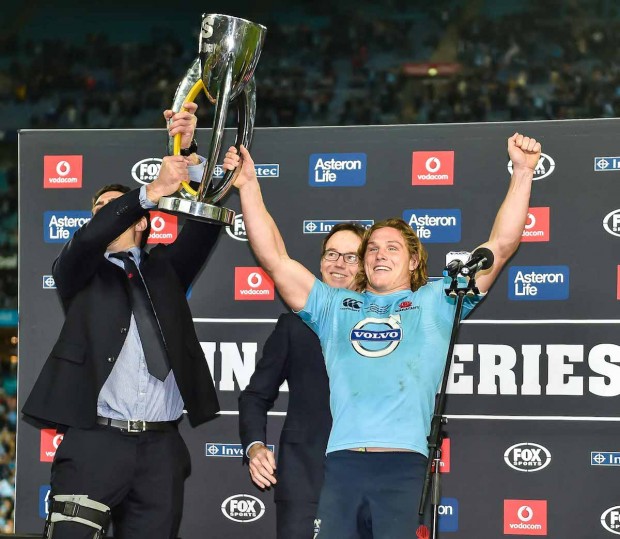
The ARU took pains to address this, introducing a new franchise in the Western Force and launching the ARC in 2007 to try and bridge the gap between club and Super 14. Many future Wallabies, including the Fainga’a brothers, David Pocock, Dean Mumm and Kurtley Beale came out of this competition, and despite it folding after just one year, many of these players continued into the Waratahs outfit. Michael Cheika joined the Tahs in 2013, and with a squad that had been primed for success for years, he finally orchestrated the Tahs first Super Rugby title in 2014. This also coincided with the launch of the NRC, and this is where NSW Rugby made a key, critical mistake.
By 2014, it was clear nationwide that new talent coming from club level were struggling to adapt to what was now a big step up to the likes of Super Rugby and international test matches. The NRC, like the ARC before it, aimed to bridge that gap with the aim of not only expanding the depth of player options, but improving the quality of club rugby in general.
The competition wasn’t perfect, but it did see some success in the form of an improvement in the level of competitiveness across multiple club competitions. It’s impact is still being felt to this day, with the Reds and Brumbies benefitting from their respective state unions taking ownership of their NRC franchises from the get go, and giving young talented players a chance to adapt to a professional level, who are now calving up and dominating at Super Rugby level.
However, NSW Rugby didn’t do this when the competition launched in 2014, rather they handed the management of these franchises to the Shute Shield clubs, resulting in four franchises that served as extensions on those respective club franchises. These NSW teams struggled in the NRC as a result of club players coming up against more professional outfits from the other states.
But even in these early years of the competition, there were still several success stories that came out of these teams. The quality of competitiveness in the Shute Shield expanded, and several players such as Ned Hanigan, Jake Gordon and Brendan Paenga-Amosa went on to higher honours. Even several coaches put their hands up for a potential involvement with the Waratahs, most notably Darren Coleman, and Simon Cron.
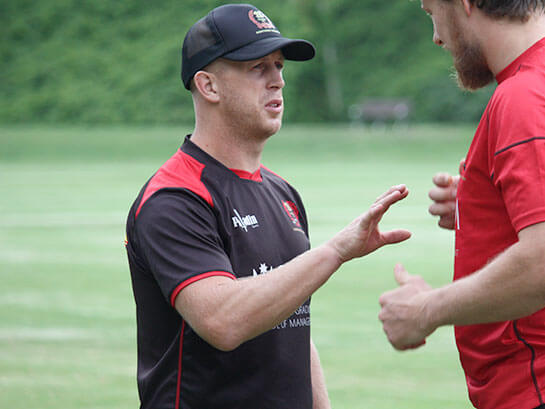
However, none of these successes went to the Tahs. Coleman went overseas to the US, while Cron, after working as an assistant coach at the Tahs, left to go to Japan, a loss that would become even more considerable in the coming seasons.
Meanwhile, the Waratahs had achieved middling success under Daryl Gibson, but still had a decent team with the likes of Michael Hooper, Kurtley Beale, Bernard Foley and Israel Folau. But as these players began to depart, Tah management quickly began to see that, after Gibson left, there was no plan in place for the side’s long term future.
This culminated in NSW Rugby finally taking ownership of the NSW NRC sides in 2018, cutting it to a country and city side and pulling from their generational pathways in addition to some Shute Shield players. However, these very young sides were comprehensively outmatched, even culminating in a former player anonymously coming forward to condemn the Tahs model for managing the two sides. Both sides finished with no wins against any other opposition (with NSW Country beating Sydney in their own NSW derby encounter).
2019 however finally saw NSW Rugby take the time to revise their plans for the two NRC sides, taking inspiration from the QRU model. They started bringing a balance of Super Rugby players and club players to their sides, and even selected Shute Shield coaches to manage both teams. The resultant season saw a massive improvement in both teams, and also saw the emergence of several key players in the current Tahs line up, several of which had already shown potential at Junior Wallabies level: Will Harrison, Ben Donaldson, Jack Grant, Charlie Gamble, Lalakai Foketi, Alex Newsome and Mark Nawaqanitawase.
Coupled with the appointment of Penney for the 2020 season, it looked like the Tahs finally were on their way to building a long term success plan. However, as events began to take shape in 2020, it became clear these changes had come way, WAY too late.
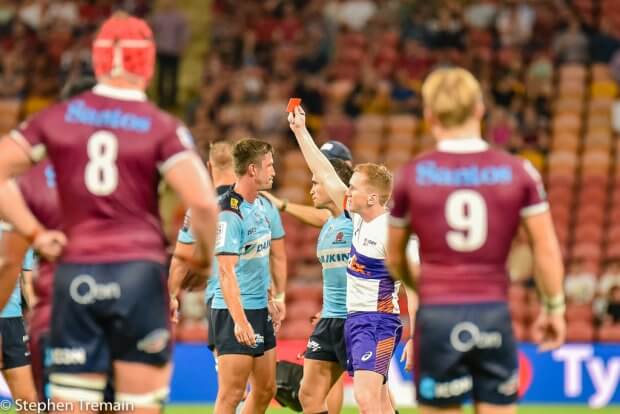
What has happened under Penney’s watch?
Rob Penney is a very good coach: his record at Munster, the NZ Under 20s and Canterbury shows that. Additionally, he managed a Tahs side that, as young as it is, was a very good side that oozes potential.
Despite Penney was an excellent choice of coach, when you bring in an outside coach unfamiliar with the team set up, it naturally means it is going to take a while for combinations to establish themselves, and while the Super Rugby season was going on in 2020, it was clear the Tahs were very much in building stages.
The pandemic meant this season was disrupted even further. But it was encouraging that once rugby resumed, the Tahs finally began to show progress under Penney, picking up four wins and four losses and finishing just outside of contention.
It was then the Tahs made another mistake: not re-signing several veteran players for an additional season, thereby unbalancing the squad and exacerbating the issues mentioned earlier, and putting more pressure on a side who had only had one year of NRC rugby and one disrupted year of Super Rugby together. Whether it be an actual management decision, or due to financial reasons brought on by the pandemic, the Tahs lack of explanation as to why they let over 1500 caps of experience walk out the door consistently puzzles me. Even if you are a coach like Penney, you can only work with what you have.
The result was this string of losses: coming up against sides that had been playing together under multiple seasons of Super Rugby and NRC. The losses were compounded further by losing the likes of Gordon and Dempsey early in the season, which further dented the teams confidence and trust in the game plan. When you are in a situation like this, it’s no longer about managing them as players. You have to look after them as human beings.
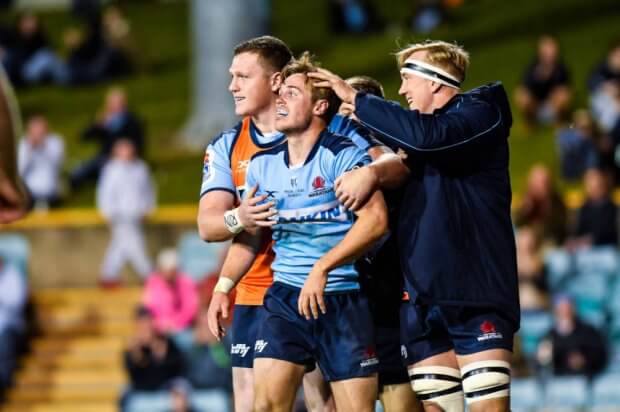
Yet, despite only having one disrupted season in charge, Penney was let go five games into his second season for bad performance. If there was ever a scapegoat scenario after years of mismanagement, this was it.
There was no better telling of Penney’s scenario than his comments after his team’s loss to the Queensland Reds, in what was his last game as coach. To me, his response summed everything that had led to the Tahs at this point:
“We need resources and we need to strategically recruit in a couple of areas so the organisation can move forward more quickly than just relying on the youthful guys to come through.
“There’s a whole lot of issues that have culminated in what now is a very ugly-looking run of games. If it wasn’t for the calibre of people in the organisation and the calibre of men that are in the group trying to do the jersey proud, then this would have blown up and disintegrated massively.”
So, where does this leave the Tahs? Should it be blown up? Can this situation be resolved?
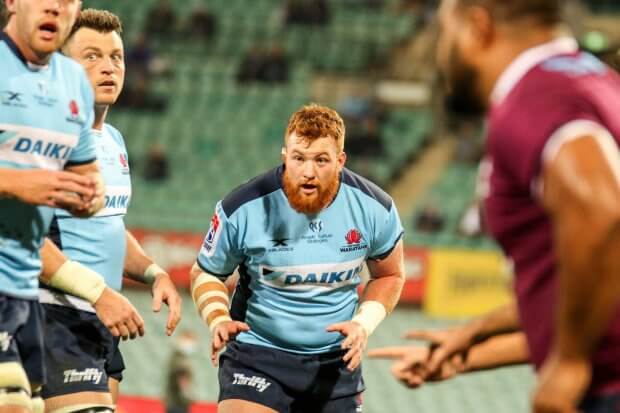
Where to now?
It’s a tough question, really tough. But honestly, there is a positive future ahead.
If you are a Tahs’ fan, don’t kid yourself. This will not turn around overnight. Despite the improved performance against the Brumbies, this Tahs’ side has a long way to go, both in terms of the players on the field and the management of the team off it. What matters is what happens next.
Off-field, recruitment will be key, as mentioned by Penney. There is a very young, talented side that has potential to do great things, and those successes can only be achieved if the team chooses to keep faith in the club, and if they are guided by experienced players. This means the off-field management needs to support this side, and be prepared to play the long game.
Success through recruiting more experienced heads may come sooner than many think. Look no further than the Western Force, who came into this season with very little time together under their belts. While there is a very young side there, the balance of experience from the Argentine contingent is seeing them progress hugely this year.
Or, look at the Reds. They are performing well now, but don’t forget it took them five seasons and three coaching changes in Graham, Stiles and finally Thorn to get to where they are. Their talent was obvious for years, all it took was the right players and coaches to guide them.
A lot of this also depends on what the eventual bridging competition between club and Super Rugby looks like too. Whether the NRC is brought back, or the planned club competition goes ahead, NSW Rugby must interact with that competition (as well as the Shute Shield) in a way that enables a more seamless transition into the Tahs outfit, one that sees talent not be squandered going overseas.
All of this however is things that have to be resolved over the next few seasons. What about right now? What about 2021?
If you are a fan, my only advice would be: remember this feeling, and be patient with this team. It’s hard to say that in a world where results drive everything, but in this case, it’s a necessity.
This team WILL improve. They will go places. Simply taking pot shots at them is neither constructive nor helpful. Don’t expect results today. If they lose, don’t put the boot in. Penney is right that these players do care, and respecting that they will take time to develop means being patient that the wins will come. If the Reds fans can do it, Tahs fans can do it. The fact nearly 20k Reds supporters watched the thriller against the Brumbies this past weekend shows how far they have come.
And lastly, if any Tahs players are reading this, I guess my only advice would be just to do one thing: play. It’s easy to beat the crap out of yourself when things aren’t going your way. But in times like this, going back to basics is the simplest way forward. Trust yourself as a player, trust the blokes around you. Forget about the wins and the scorecard. Just play, and everything will fall into place.
There is a way forward for the Tahs, if we give the club and the players the chance to do the right thing.

